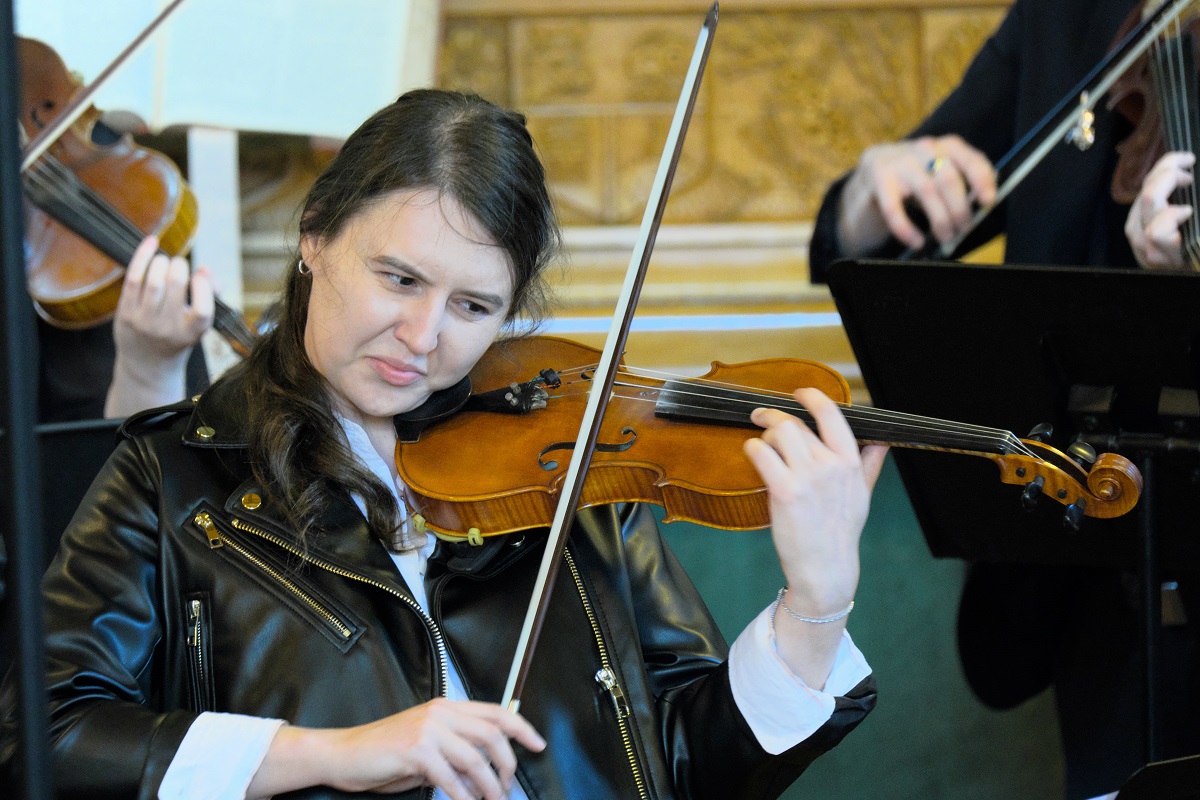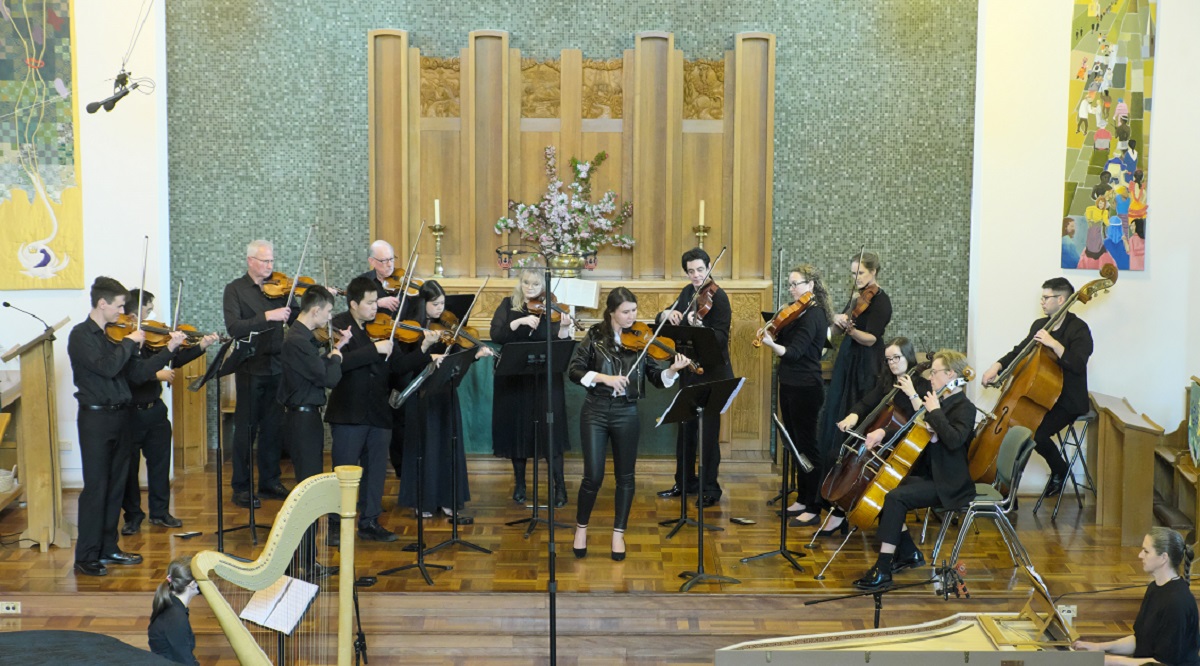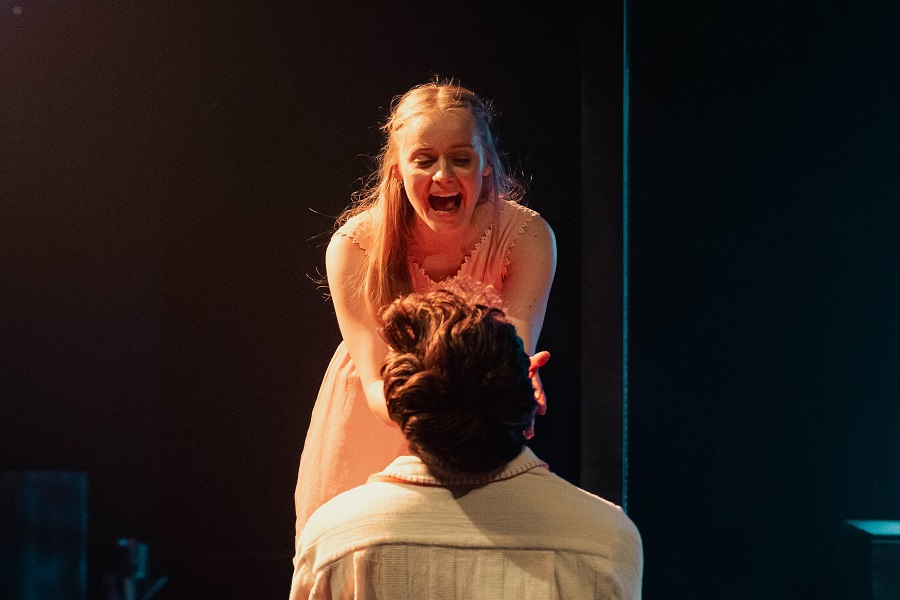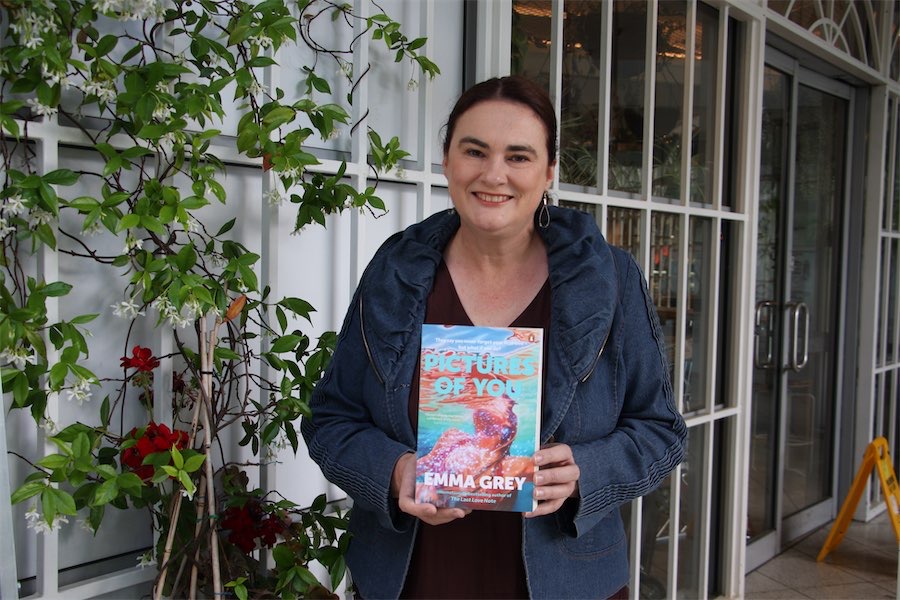
Music / At Wesley Church, Forrest, September 24. Reviewed by ROB KENNEDY.
BRITISH composer Max Richter’s music has the world divided. Some love and some hate what he does with music. In his recomposed version of Vivaldi’s “Four Seasons”, Richter presents this music in a stimulating fashion, but what’s the point of it?
Released in 2012, Richter’s recomposed version of Vivaldi’s “Four Seasons”, which was written about 1725, is an interesting arrangement. The conductor Leonard Weiss, who helped put this performance together, says: “It has something new to offer, but also something familiar, which makes it a great concert choice for today”.
The co-founder of the Canberra Sinfonia, violinist Helena Popovic, who is also a graduate of the ANU School of Music and a member of the Canberra Symphony Orchestra, led the Canberra Sinfonia. They consisted of 15 string players, a harpist and a harpsichordist.
There are countless reworkings of Vivaldi’s “Four Seasons”. My favourite is by the German composer Thomas Wilbrandt and his 1984 double album titled, “The Electric V”. Including electronics and his compositions, this rephrasing brought something new to Vivaldi’s music.

“Recomposed”, by Richter, which is in four movements, each comprising a fast-slow-fast section, is a delightful work in many ways. It’s hard to go wrong with an arrangement when the base material is so good. Richter’s version of “Spring”, is sublime. It floats and drifts and tugs at the heartstrings. The main theme builds and builds, yet it was overly sweet and overly repetitive. The Sinfonia produced a wonderfully clear, strong and together sound.
“Spring II”, began quite tentatively for some in the group, but when Popovic came in, that brought their sound together and all played passionately. This section held greater depth and complexity. The final part of “Spring” was again overly repetitive. The music ends by folding in on itself as it built a wall of sound.
“Summer”, with its shimmering musical imagery held close to the original. Popovic showed off her considerable skills as a violinist in the following instrumental feature. This grew through an almost mechanical phrase that persistently repeated. And like almost every section, it ended without a coda, but with an abrupt up note.
The last section of “Summer” ends in a heavy rhythmic frenzy, which was performed powerfully, with great dynamics and electrifying pace.
Richter’s “Autumn” sounded like Vivaldi’s “Autumn”. It moved to an intentional offset rhythmic pattern that jarred a little, but it was effective at producing a tonal difference. The remaining sections were a bit underwhelming.
“Winter”, has Vivaldi’s chilling opening. No one could take that away. But the tempo increased so much it felt disjointed from the opening section; a Richter inclusion. That said, the playing uniformed and ferocious.
The song-like tune that perhaps best represents “The Four Seasons”, remained the same in the middle section of “Winter”. Although underneath, the quietest harmonics, just holding it all together created a serene effect. Finally, at the end of “Winter”, the dense writing seemed to bring a bit of everything that came before together. The subtlety, the fire, and the complexity wound down, leaving a tranquil and reflective place. The audience loved it.
While this recomposed version is, in this reviewer’s opinion, not an improvement on the original, it helps to illuminate how music can be adapted. Richter has done an excellent job in his arrangement. But did we need it?
Who can be trusted?
In a world of spin and confusion, there’s never been a more important time to support independent journalism in Canberra.
If you trust our work online and want to enforce the power of independent voices, I invite you to make a small contribution.
Every dollar of support is invested back into our journalism to help keep citynews.com.au strong and free.
Thank you,
Ian Meikle, editor



![Evie Hudson is a woman with amnesia, who forgets the last 13 years. Piecing her life back together, she navigates the harsh realities of coercive control.
Evie is the leading character in local author @emmagreyauthor's second novel Pictures of You.
Her debut book, The Last Love Note, sold more than 100,000 books worldwide within a few months of being published last year.
“I think that using amnesia really helped [show the effects of coercive control] because she had that sense of being completely lost in her own life,” Emma says of her new work of fiction.
To read the full story and find out more about this fabulous local author and her latest novel, visit our website at citynews.com.au or click the link in our bio! 📚✒️
#canberra #local #canberralocals #canberralife #australia #author #localauthor #Picturesofyou #coercivecontrolisabuse #dvawareness #bestsellingauthor #canberraauthor #localnews #citynews](https://citynews.com.au/wp-content/plugins/instagram-feed/img/placeholder.png)
Leave a Reply